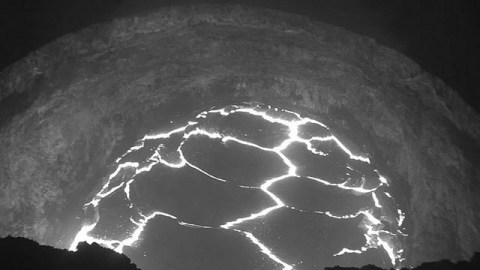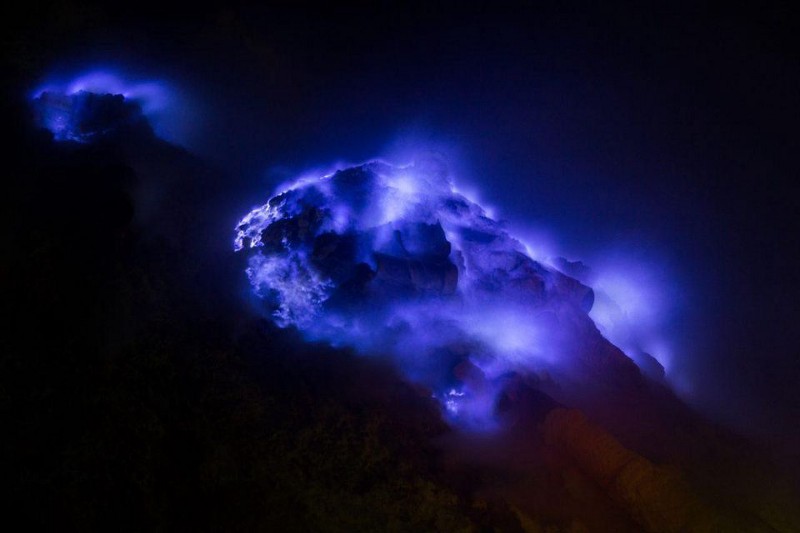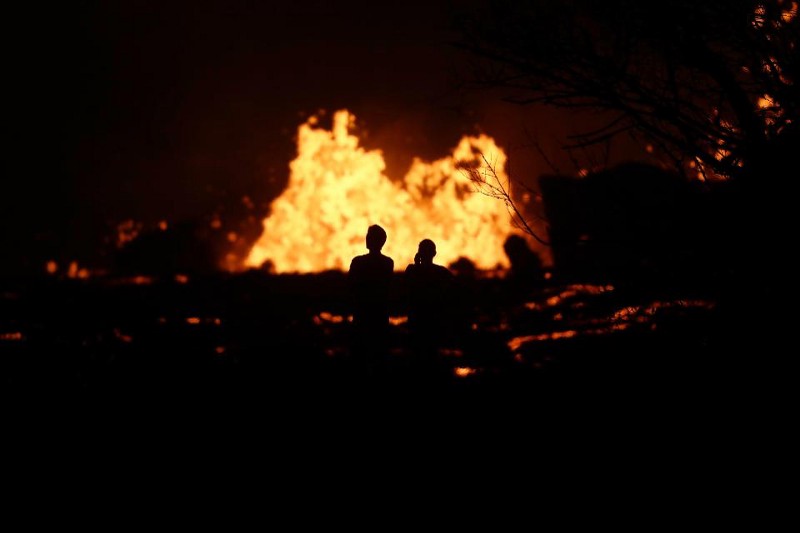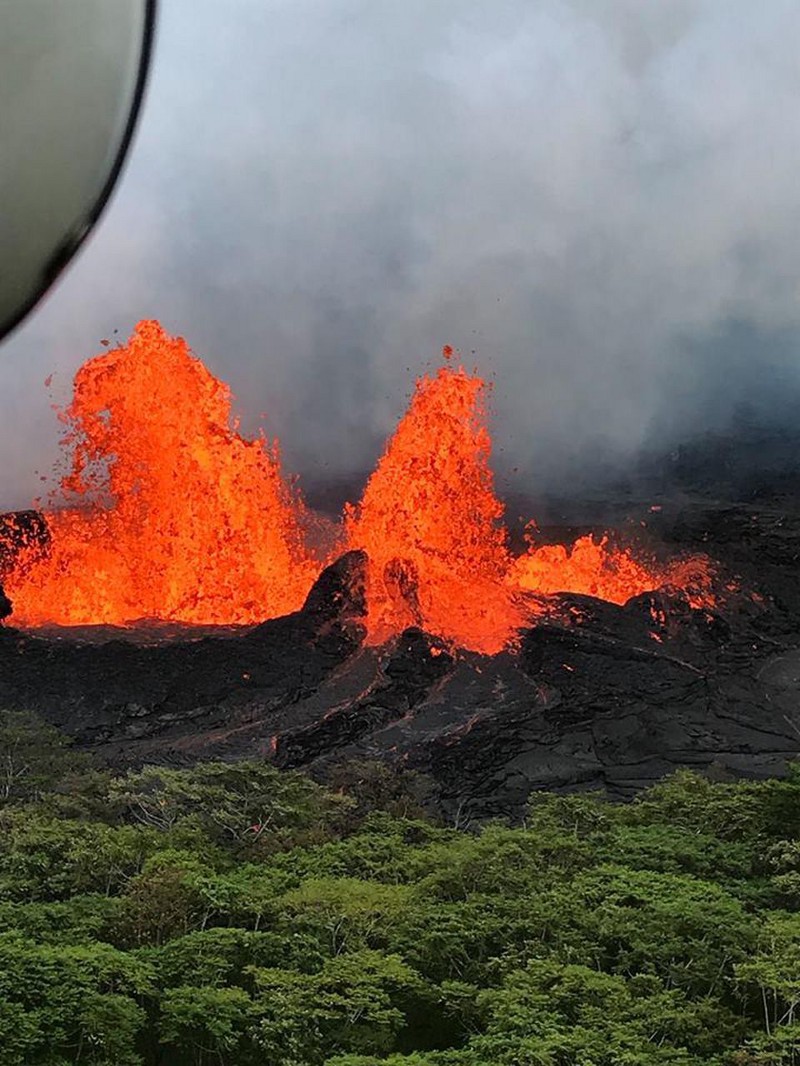Musings: Keeping up with Japan, the lava of Syracuse and Hawaiian lava lakes

Onto some news …
Japan: The Shinmoe-dake Crater at Kirishima continues to be noisy – producing another impressive explosion Monday morning. However, the order for people in the region closest to Kirishima to be prepared to evacuate was lifted as well. This evacuation order was for mudslides/mudflows during some periods of heavy rain, but that threat has waned some. As for the explosion early Monday morning, rocks from the explosion apparently broke windows in cars on the Miyazaki Expressway and part of the roadway was closed to clean up other debris. In the latest update on the dome (Japanese), it doesn’t appear to have grown appreciably over the last week, suggesting the magma input rates under Shinmoe-dake have slowed considerably. Be sure to check out the Kirishima webcam to see the latest action – and you can always peek in on its Japanese cousin, Suwanose-jima or the still busy Sakurajima at the same time (bottom link on right hand table and 3rd/4th from the bottom, respectively).
Syracuse: What is it with upstate New York and volcanoes? Last year I wrote about the new center of studying volcanic hazards at University of Buffalo and now we get a story about lava being made at Syracuse University. Yes, you read that right, lava being made. A collaboration between the Art and Earth Sciences Departments produced a small eruption as ~825 lbs of northern Wisconsin lava was remelted to form lava – molten volcanic glass – in a cauldron up to 2100F (1148 C). Based on those temperatures, it sounds like they melted some basaltic rock. The article isn’t the most coherent I’ve read, but it appears that this is part of a series of experiments to study the rheology of lava (change in shape) along with make some sculptures out of the remobilized volcanic rock.
Hawai`i: Finally, over in the middle of the Pacific, the USGS is keeping an eye on the East Upper Rift Zone of Kilauea after a number of earthquakes have struck the area. With the increasing height of the lava lake in the Halema`uma`u Crater – recently as much as 80 meters below the crater floor (confused? Check out this picture showing the active pit within the larger crater) – there is some speculation that seismicity such as this could lead to a rapid draining of the summit to flank rift zones, prompting new eruptions on the rifts or even possibly in the summit crater. You can read the latest HVO update on the activity of Kilauea here – and remember, there are no less than 5 webcams pointed at the volcano (also see the new link on the right to the webcam list). Some of the time lapse videos created by Eruptions readers of the activity at the lava lake are pretty remarkable – showing the changes in the “plates” of cooled lava on the surface of the lake, which is somewhat akin to plate tectonics on the surface of the Earth.
{Special thanks to all the Eruptions readers who provided links and images/movies for this post!}
Top left: A webcam capture of the lava lake in Halema`uma`u Crater at Kilauea on February 14, 2011, courtesy of Eruptions reader Pgen Pgen.




